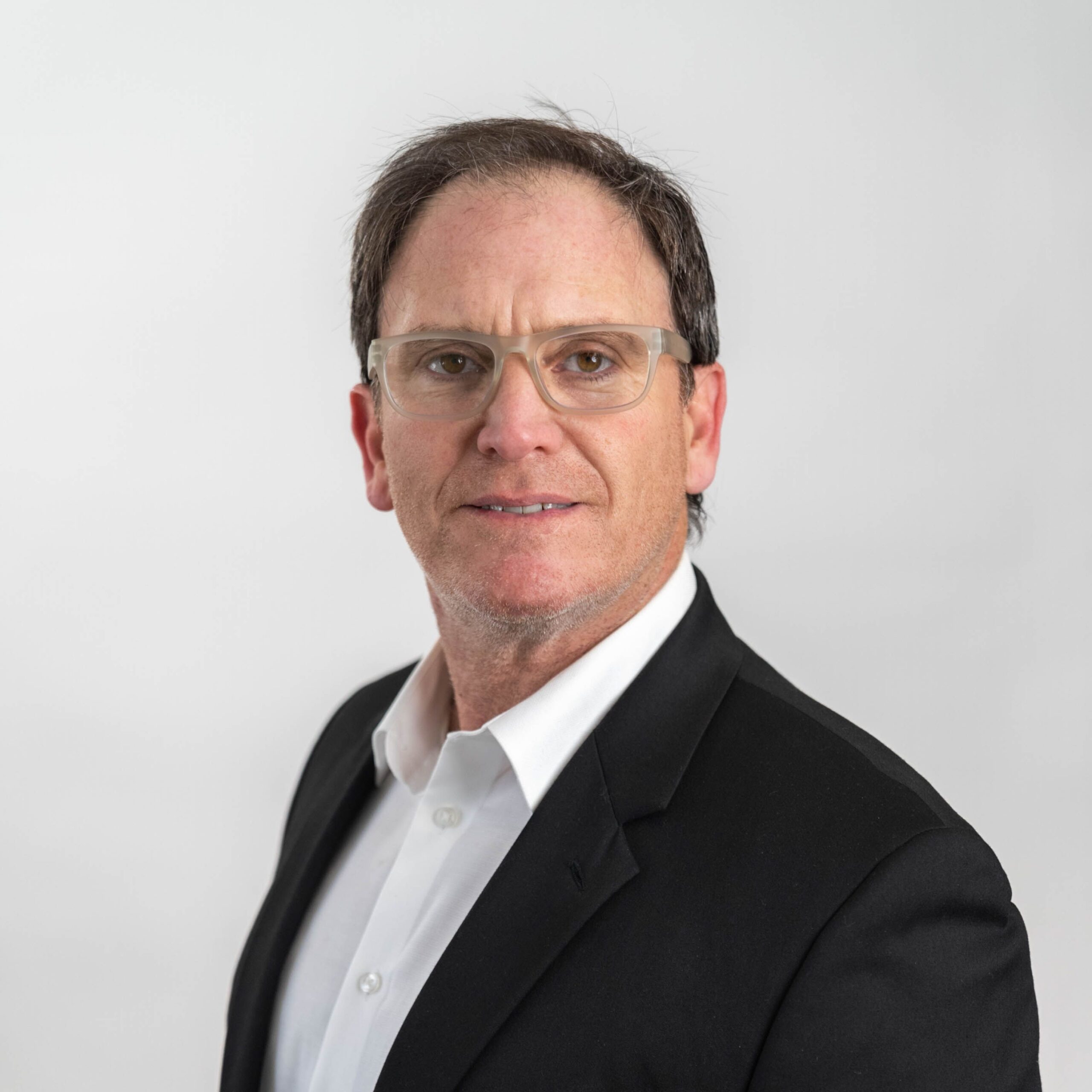Addiction and recovery stories do not generally have happy beginnings or endings. Most men and women who struggle with addiction and addictive behaviors begin or end their stories in emergency rooms, anonymous meetings, counselors offices or parents tell shockingly sad stories while making funeral arrangements. No matter the addiction, there is a common path that most addicted people move through.
Over the past twenty-seven years working with countless clients, I have been fortunate to be a part of other peoples’ healing and eventual recovery. I remember D.A, a thirty two year old who had secretly been drinking while in a relationship with his partner of more than ten years.

D.A. struggled with loneliness, shame, family of origin issues and early childhood trauma and loss. His past and the events leading up to his eventual surrender from addictive behaviors are common. They represent the psychological and social issues that help push people towards addiction and addictive behaviors. This is not to say that one must have a history of abuse or loss, but these issues are common.
Because keeping secrets is exhausting, D.A. continued to look to find an outlet, a mechanism that would keep him separated from the truth. In our work together we talked about secrets and the pain associated with those secrets. And other secrets he was keeping and the weight of them all. We reviewed his loss history and his trauma history.
What D.A. discovered, which over time many people discover, is that the truth is not nearly as difficult to talk about as people think. As addicts, we grow accustomed to staying as far away from the past as possible. As our addiction grows, so does the separation from not only the past, but the present as well. As separation increases, so does the shame related to the mounting secrets that are being kept. You can imagine that over time, there is a need to increase one’s using and acting out to keep up with the increasing shame, isolation and guilt associated with one’s addiction(s).
Over the months of our working together, more stories from the past and present came out verbally which helped D.A. to not have to act them out. This was central to the therapy. Talk it out so you do not have to act it out. After many months of working together, D.A. was able to decrease and eventually end the acting out. This freed him to process the emotional suffering he had endured but had distracted himself from.
D.A. was fortunate to have taken the steps he did which entailed reaching out, getting connected and keeping his commitments to himself and his growing number of sobriety days.
























